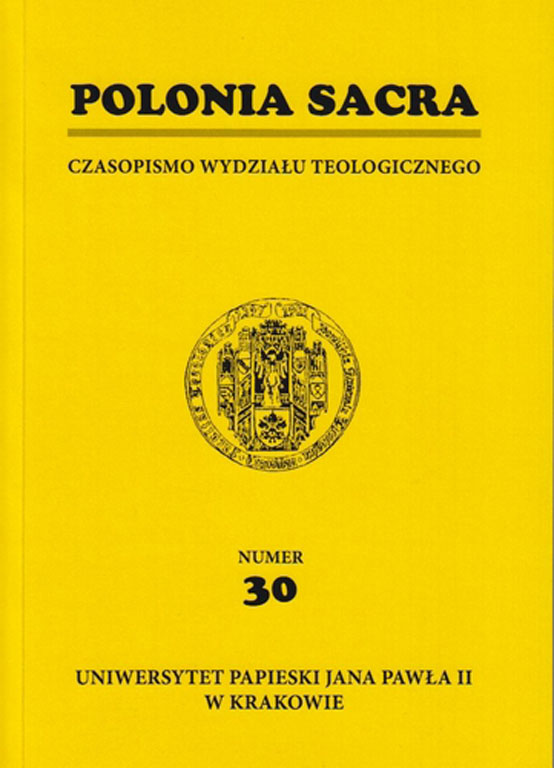Świadek męczeństwa i jego rola w świetle jurysprudencji Kongregacji Spraw Kanonizacyjnych
DOI:
https://doi.org/10.15633/ps.535Abstrakt
In the legal understanding, martyrdom requires external recognition as well as external evaluation. For this reason, the visual witness appears in the context of death (the witness of martyrdom). His job is to cognitively and consciously evaluate the fact of the physical loss of life. The reason to begin the process of canonization can only come about in close connection with the evaluation of internal state of love and faith of the martyred person; but not necessarily. Since death for the faith has the value of the Sacrament of Baptism, it may happen that an unbeliever or someone not practicing his faith, can give his life for the faith. Through this act, he absolves his unbelief or committed sins and can become blessed or a saint of the church. This is, however, a unique gift of God’s grace which is rather rare. Usually a zealous, faith-filled life, prepares the believer to follow the footprints of his Master and give his own life.
The witness is the person who knows something important about the ongoing canonization case. He is a person who personally saw (de visu) or heard (ex auditu) something important in connection with the death of a particular person whose case is in process of establishing a potential martyrdom. When there is a lack of witness de visu there is a need to examine the witness ex auditu or else ex auditu a videntibus. These are the persons who do not know the development of these tragic events personally, but heard about them from the person (people) who directly participated in those events.
Pobrania
Opublikowane
Numer
Dział
Licencja
Prawa autorskie (c) 2012 Zdzisław Kijas

Utwór dostępny jest na licencji Creative Commons Uznanie autorstwa 4.0 Międzynarodowe.
Autorzy publikujący w czasopiśmie udzielają jego wydawcy zgody o następującej treści:
- Autor zachowuje autorskie prawa majątkowe do utworu, a jednocześnie udziela wydawcy czasopisma zgody na jego pierwszą publikację w wersji drukowanej i wersji online na licencji Creative Commons Uznanie autorstwa 4.0 Międzynarodowe oraz zgody na wykonywanie opracowań, w tym przekładów.
- Autor ma możliwość udzielania zgody niewyłącznej na opublikowanie utworu w wersji, która ukazała się w czasopiśmie (np. zamieszczenia go w repozytorium instytucjonalnym lub opublikowania w książce), wraz z informacją o jego pierwszej publikacji w czasopiśmie.
- Autor może umieścić swój utwór online (np. w repozytorium instytucjonalnym lub na swojej stronie internetowej) jeszcze przed zgłoszeniem utworu do czasopisma.

